Rembrandt's «The Night Watch»: A Masterpiece of Baroque Art
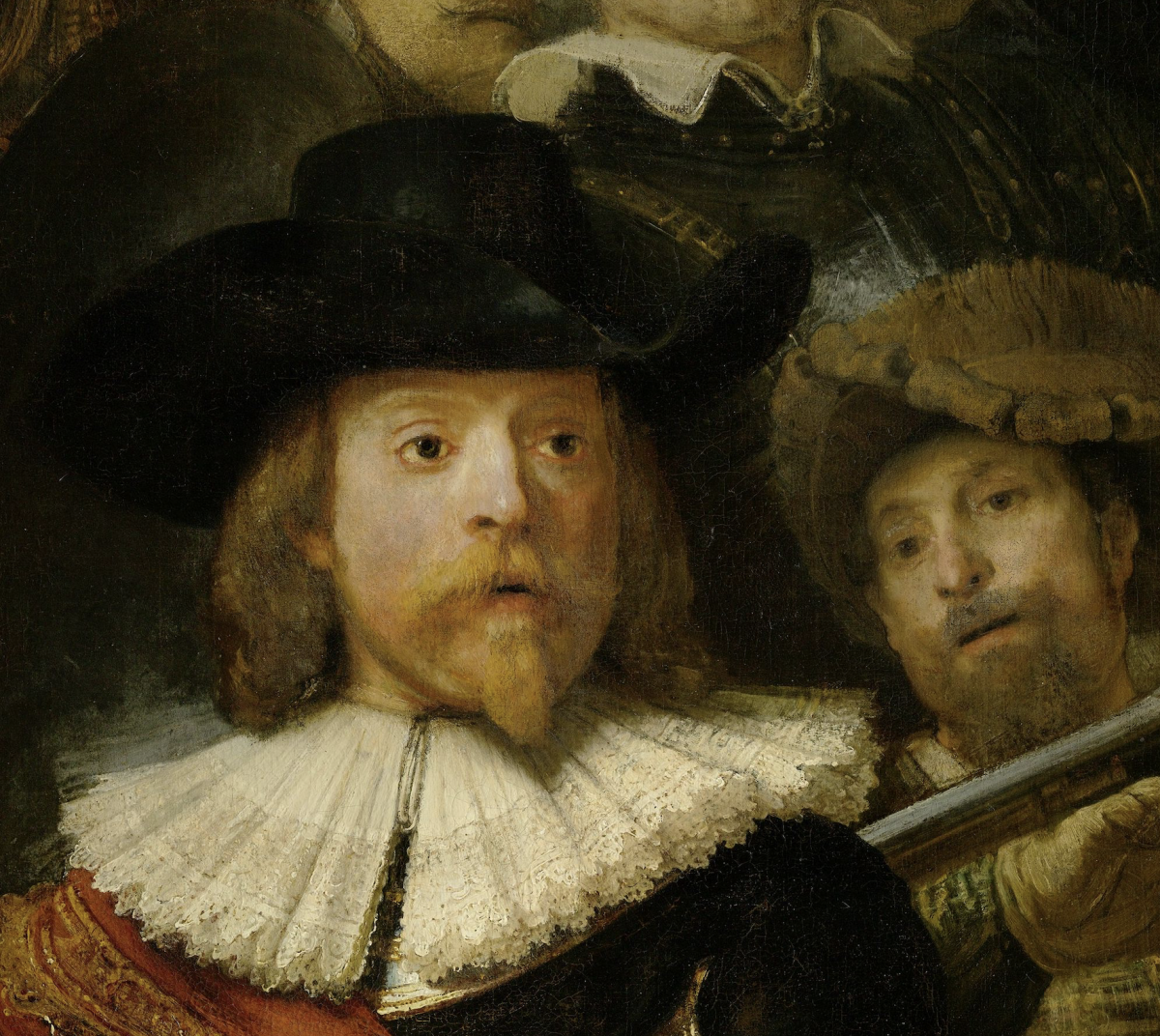
"The Night Watch," painted in 1642 by Rembrandt Harmenszoon van Rijn, stands as one of the most acclaimed masterpieces in Western art history. Officially known as "Militia Company of District II under the Command of Captain Frans Banninck Cocq," the painting is renowned for its grandeur, innovative composition, and play with light—earning it a central place in the collection of the Rijksmuseum in Amsterdam.

Audacious Composition and Chiaroscuro Brilliance
"The Night Watch" breaks from traditional static group portraiture by depicting its subjects—a company of Amsterdam Civic Guards—as if caught in a moment of action. The painting's immediate foreground is dominated by the captain, Frans Banninck Cocq, dressed in black with red sash, and his lieutenant, Willem van Ruytenburch, adorned in yellow and white—a stark contrast against the rich, dark background.
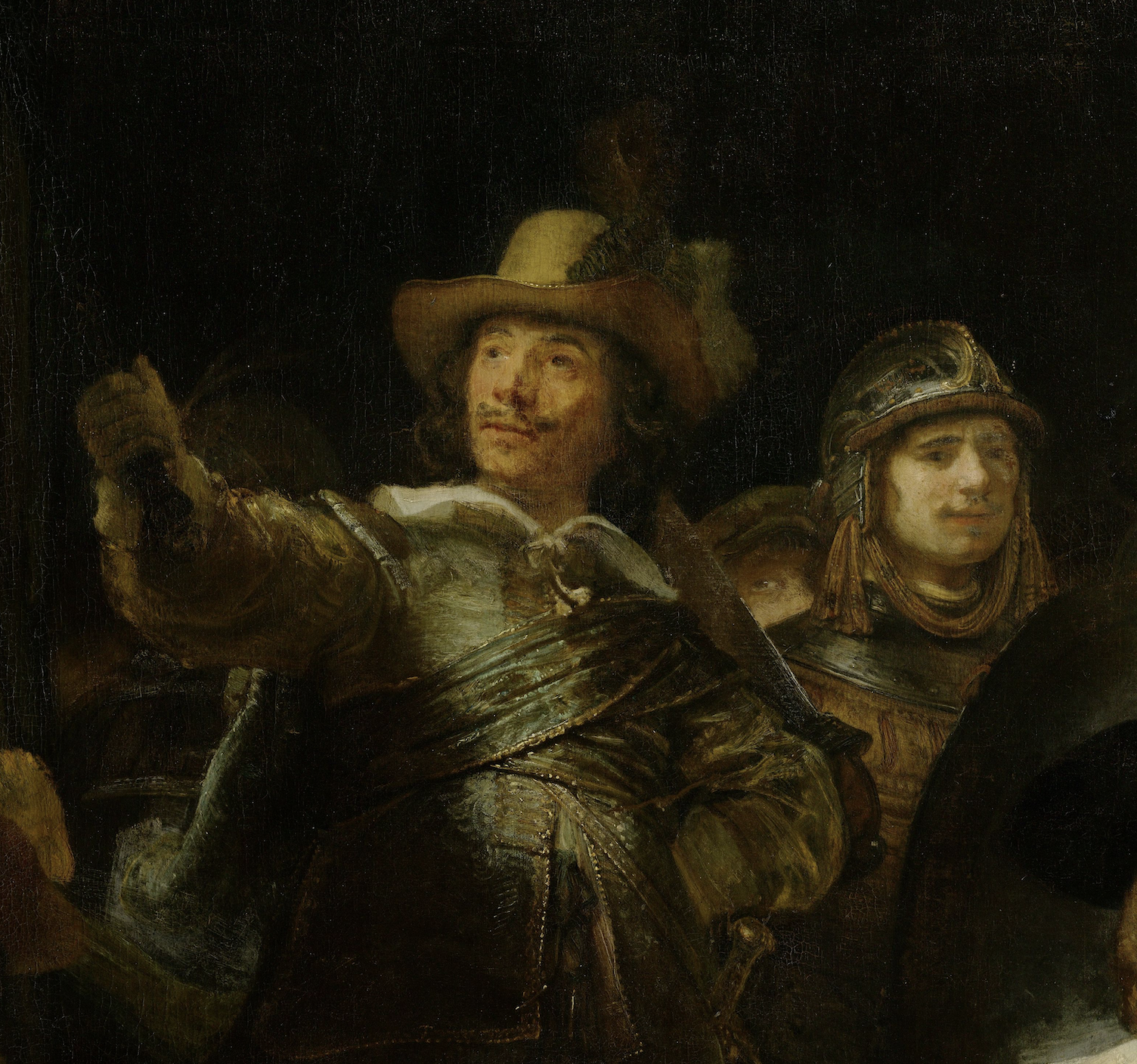
Rembrandt expertly employs chiaroscuro, modulating light to create a sense of depth and volume, guiding the viewer's eye across various figures and sub-actions. This effect also imbues a sense of drama and narrative, suggesting the guards are mobilizing, on the verge of marching out. The glowing attire of the lieutenant acts as a visual anchor, drawing the viewer into the scene, while faces and helmets emerge from shadows, contributing to the sense of realism and immediacy.

Dynamic Realism
"The Night Watch" is expansive in its realism; each character is individualized, with different expressions and postures. This dynamic approach was groundbreaking, permitting viewers to feel as if they could step into the work and interact with the figures.

Rembrandt's brushwork oscillates between fine and loose, allowing for both meticulous detailing and energetic expression. The vibrant colors and intricate textures—such as the glint of armor and varied fabrics—earmark the work as an example of exceptional craftsmanship.
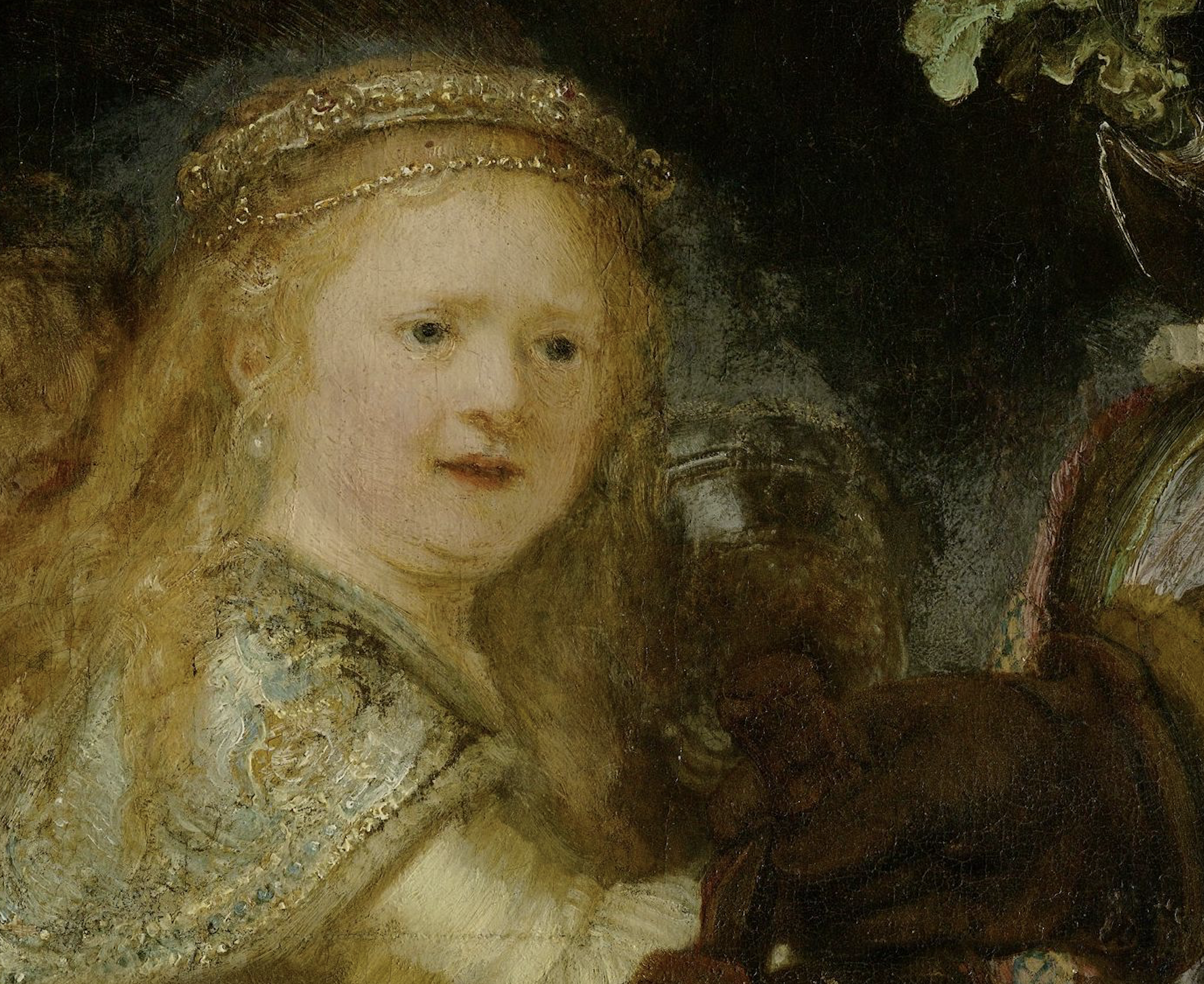
Symbolic Undertones
"The Night Watch" contains elements of symbolism that were likely meaningful to contemporary viewers. The young girl in the background, a mascot of sorts, carries the militia's emblem of a clawing chicken, which represented the "clauweniers" (arquebusiers) of the guard. Additionally, the prominent dog at the lower right possibly symbolizes loyalty.

Sublime, Yet Human
While depicting a company of armed men, the painting avoids overtly glorifying military might. Instead, it exhibits Rembrandt’s deep interest in the human condition, with each character contributing to the collective narrative while maintaining their distinct humanity.
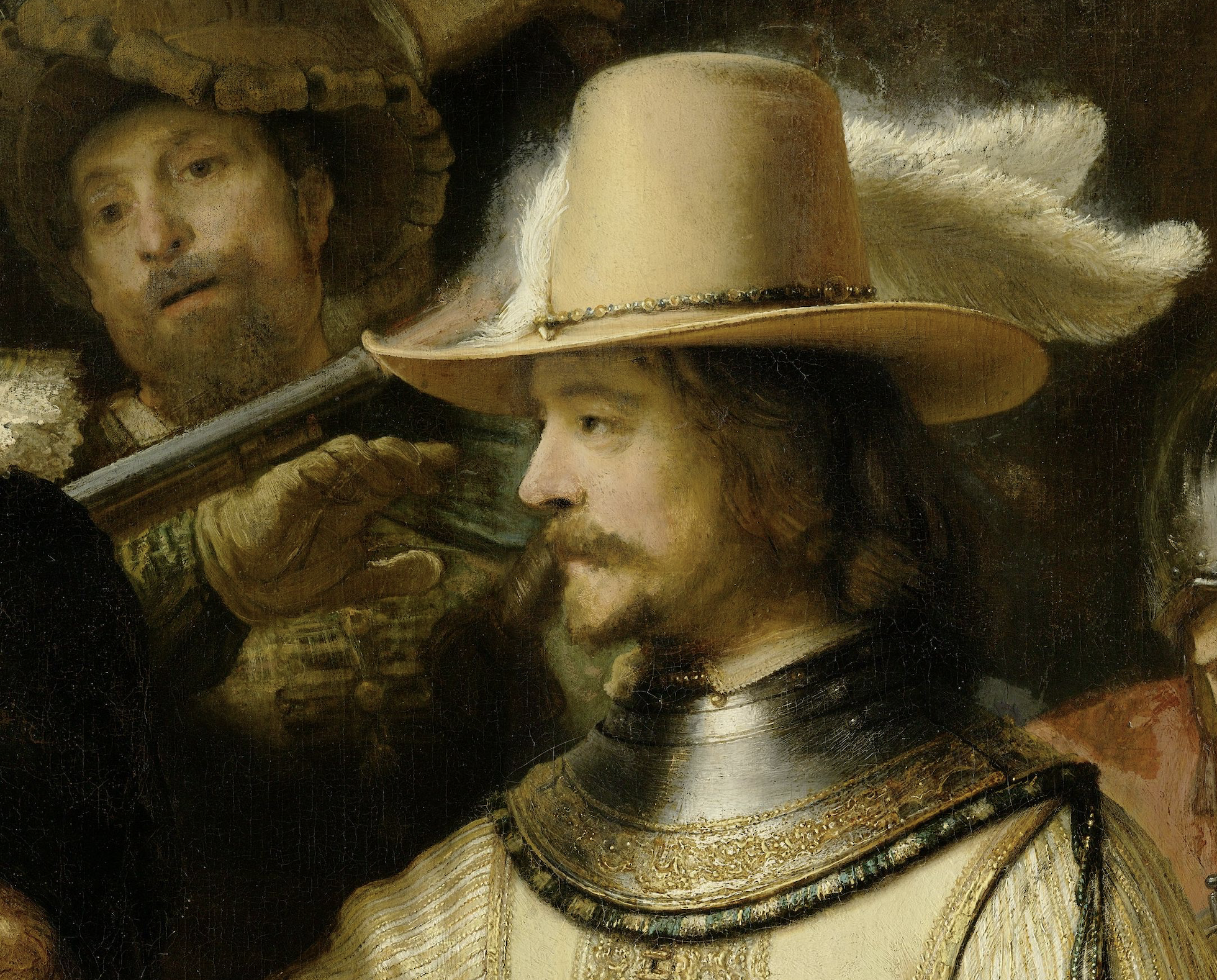
Historical Significance
In creating "The Night Watch", Rembrandt pushed the boundaries of collective portraiture. Instead of a frozen moment, he captured life—a decision that was not entirely met with praise at the time, as it deviated from the commissioners' expectations. Despite early controversy, it has emerged as an undeniable icon of Dutch Golden Age painting.
In the modern day, "The Night Watch" has undergone various restorations to address centuries of dirt accumulation and varnish discoloration, revealing the painting's true colors and Rembrandt's skill in manipulating light.
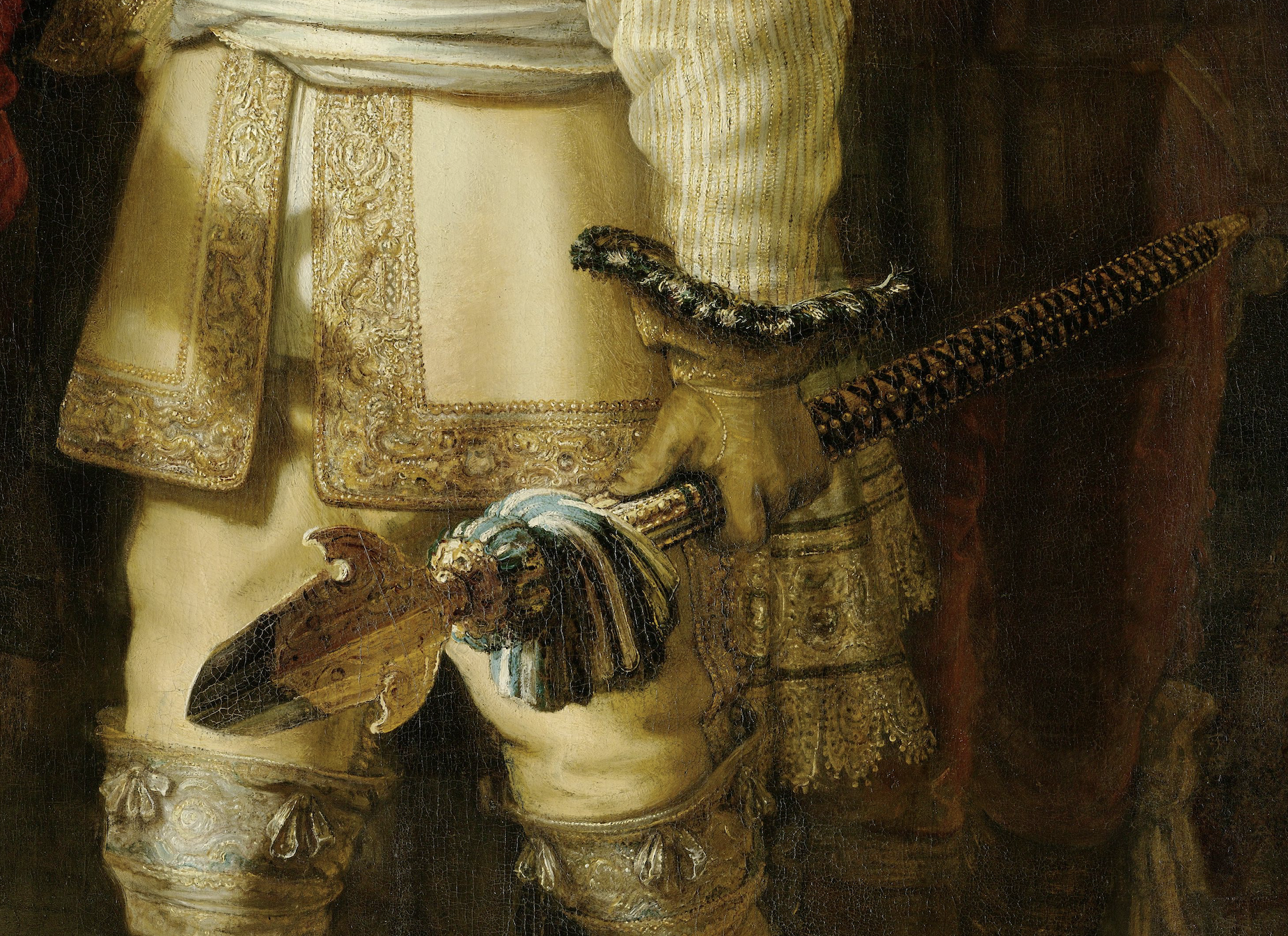
"The Night Watch" remains a tour de force of baroque art, an arresting visual account of a city's guardians, eternally poised on the brink of action. In this vibrant composition, Rembrandt encapsulates the essence of the Dutch Golden Age—it is a celebration of civic pride, a marvel of visual storytelling, and a testament to the enduring genius of Rembrandt van Rijn. As audiences continue to stand before its massive frame, they are engulfed by the painting's luminous triumph—a testament to the profound impact that art can have across time.